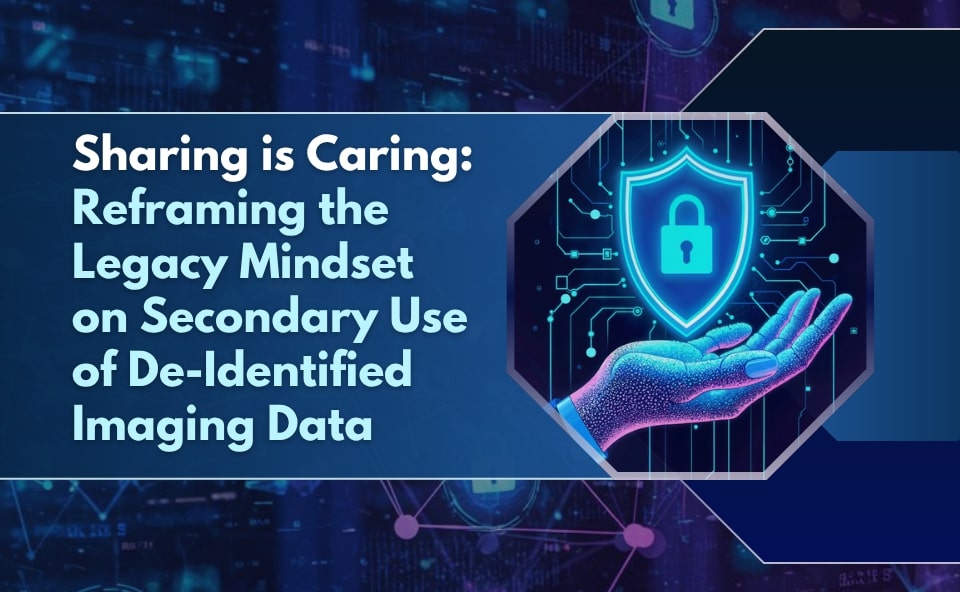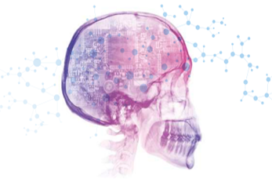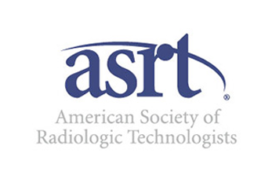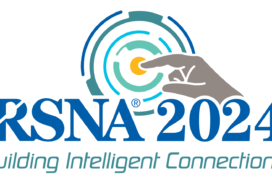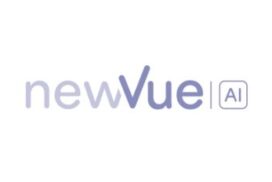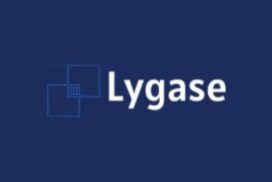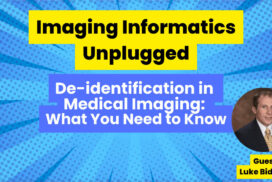When the topic of contributing de-identified imaging data for any subsequent use arises, it is often presented as a debate between protecting patient privacy and contributing to innovation. However, protecting patient privacy and contributing to innovation are not necessarily mutually exclusive initiatives.
According to Vega Imaging Informatics President and CEO, Luke Bideaux, the legacy mindset on the secondary use of imaging data is in dire need of reframing. The legacy mindset, which has focused on preventing all types of secondary data usage in the spirit of protecting patient privacy, may be resulting in more harm than good, leading to lack of diversity and biases in datasets used to train AI models.
Currently, one of the biggest safety concerns in AI model development is lack of diversity (e.g., race, ethnicity, age, geographic location) in training data. To account for this, hospital systems and healthcare organizations should reframe their legacy mindsets to focus on best serving patients by contributing to the training data that is developing tomorrow’s AI models, while adhering to industry best practices for maintaining patient privacy. Sharing de-identified imaging data allows for larger and more diverse datasets, ensuring that specific geographic populations are represented in these datasets, and leading to better understanding of diseases, diagnostic tools, treatments, and overall healthcare system effectiveness. The Department of Health and Human Service’s guidelines for de-identifying medical records provides a safe, HIPAA-compliant avenue for contributing de-identified medical imaging data for these important initiatives.
In this sense, equal amounts of enthusiasm for protecting patient privacy and contributing to innovation should exist in the discussion on the secondary use of medical imaging data.
Here’s why your hospital system should consider sharing its imaging data:
1) Advocate for AI Safety and Enhance Patient Care: Share your de-identified imaging data to best serve your patients by ensuring their representation in the training data that is key to developing the AI models of the future.
2) Earn Compensation for Data Monetization: Share your de-identified imaging data to earn compensation for your health system! Data monetization strategies are valuable for health systems when carried out effectively and with the right partner(s).
3) Advance Medical Research and Imaging AI: Share your de-identified imaging data to ensure the continued advancement of medical research and imaging AI fields. Sharing de-identified data allows for the creation of larger and more diverse training datasets. In turn, this allows for the development of improved diagnostic tools, treatment strategies, and solutions that can increase the efficiency of healthcare organizations.
When considering the impact your organization can have on the patients in your community by sharing de-identified medical imaging data for scientifically driven AI model development, remember the adage, “sharing is caring!”
For more information about how the world-leading imaging data provider, Vega Imaging Informatics, under core division Vega Data, can help your healthcare organization effectively and safely monetize its data, schedule a meeting with Luke Bideaux here.

